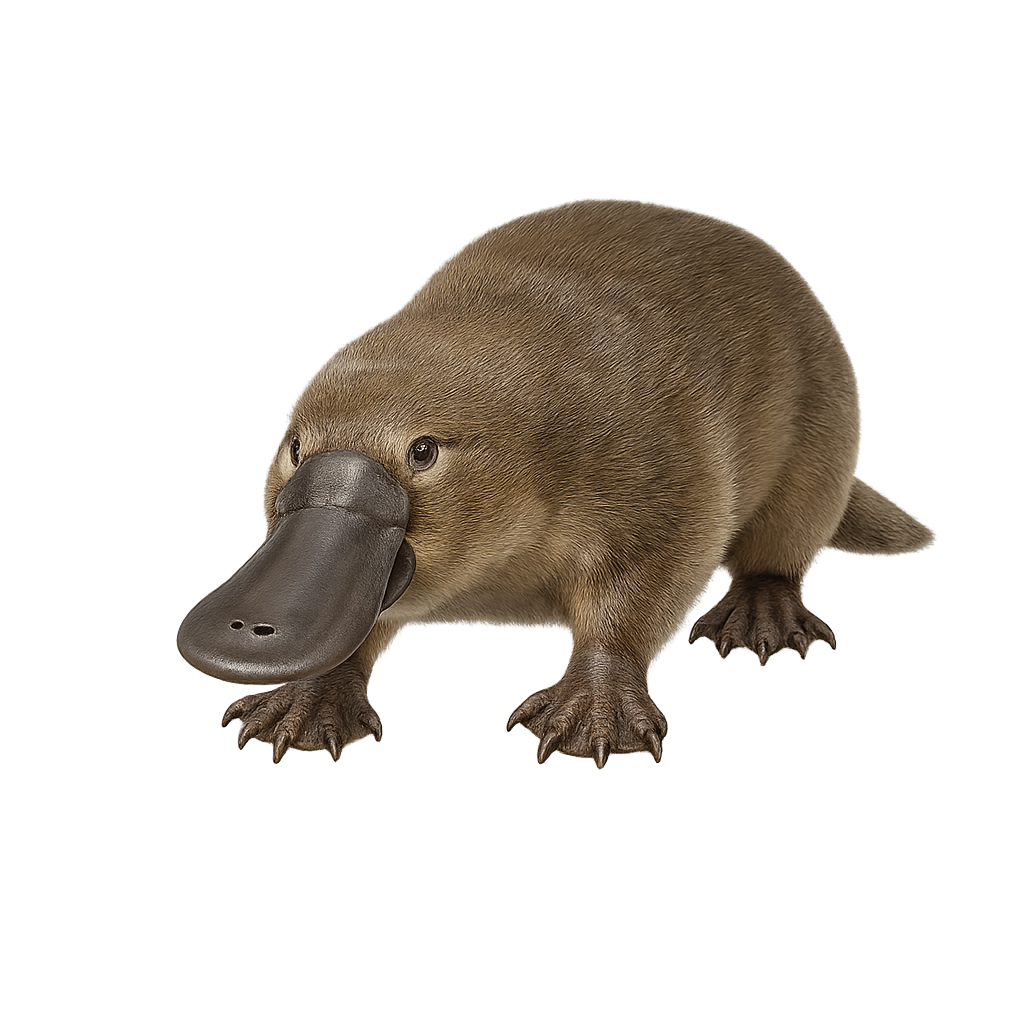Your wildlife photography guide.
Explore the platypus in detail, study its behavior, prepare your shots.
Where to observe and photograph the platypus in the wild
Learn where and when to spot the platypus in the wild, how to identify the species based on distinctive features, and what natural environments it inhabits. The WildlifePhotographer app offers tailored photography tips that reflect the platypus’s behavior, helping you capture better wildlife images. Explore the full species profile for key information including description, habitat, active periods, and approach techniques.
Platypus
Scientific name: Ornithorhynchus anatinus

IUCN Status: Least Concern
Family: ORNITHORYNCHIDAE
Group: Aquatic mammals
Sensitivity to human approach: Suspicious
Minimum approach distance: 10 m
Reproductive period: July to August
Duration: 10-14 jours
Births: August to September
Habitat:
Rivers, lakes, swamps, and wetlands of Australia and Tasmania
Activity period :
Mainly active at night, generally discreet during the day.
Identification and description:
The Platypus is a unique aquatic mammal native to Australia and Tasmania. It measures between 40 and 60 cm in length and weighs around 1 to 2.5 kg. This animal is particularly remarkable due to its appearance, which combines characteristics of different animals: it has a flat bill similar to a duck's, webbed feet adapted for swimming, and a flat tail. The Platypus is a carnivore, primarily feeding on small aquatic invertebrates, worms, and crustaceans. It lives in rivers and lakes, spending much of its time diving underwater in search of food. Although it is an excellent swimmer, the Platypus is also capable of moving quickly on land. This species is listed as "near threatened" due to habitat loss and water pollution.
Recommended lens:
100 mm – adjust based on distance, desired framing (portrait or habitat), and approach conditions.
Photography tips:
Photographing the platypus requires great discretion, as this animal is shy and nocturnal. A macro or telephoto lens will allow you to capture its movements in the water or its unique features, such as its duck-shaped bill. Take photos early in the morning or late in the day, when the animal is active. Be patient and avoid disturbing them.
The WildlifePhotographer App is coming soon!
Be the first to explore the best nature spots, track rutting seasons, log your observations, and observe more wildlife.
Already 1 432 wildlife lovers subscribed worldwide

